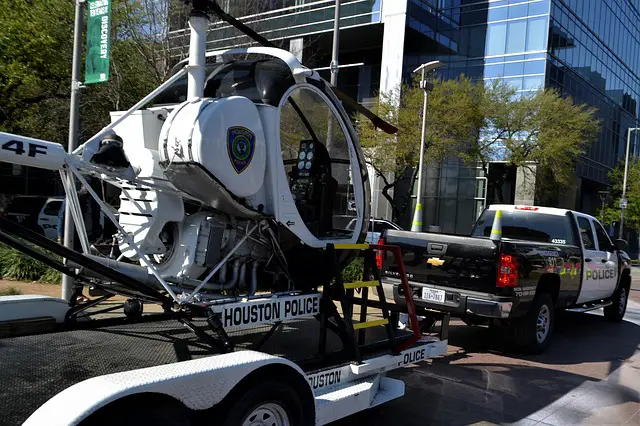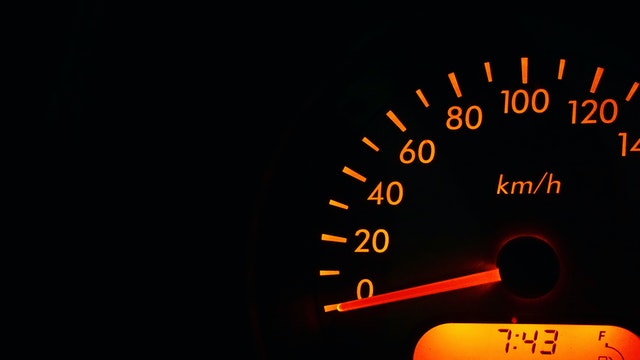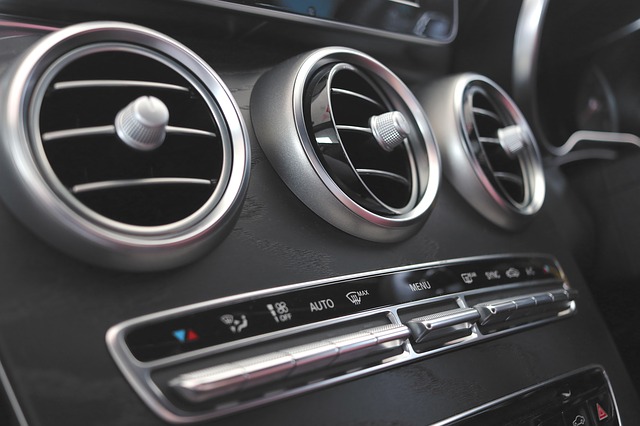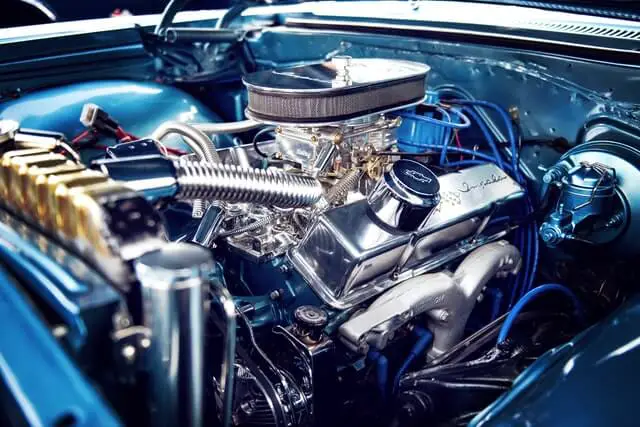Car and boat engines are very similar. You must equip the boat’s engine with a cooling system. One cooling method uses seawater or freshwater to keep the engine cool and running smoothly (instead of a radiator). Another technique uses a keel cooler. Aligning the shaft, gearbox, and motor to avoid vibration and wear is not impossible, but many people get it wrong, resulting in sinking, expense, and old death. Let’s learn how to put a car engine in a boat.
The general public shouldn’t be a big concern since many gasoline marine engines are performed for automobiles. For example, the 5.7-liter engine in a Merc is a marine version of the 350-cubic-inch Chevy engine, and so on. For the most part, the term “marinizing” refers to modifying a vehicle’s electrical systems to make them more waterproof and reversing engine rotation.
Boats with inboard engines are the most likely to succeed in this circumstance (the propeller shaft exits the hull near the stern). This is the second-best option for a boat with an inboard or outboard engine or stern drive.
As a general rule, Mercury Marine and Volvo have historical relations. All this was because their beginnings were with automotive engines that had upgrades for marine use. Therefore, coupling an automobile engine to a boat is primarily a packaging challenge. It connects an inboard engine to a fixed gearbox on the propeller shaft or a stern drive.
What Is the Difference Between Marine Motors and Car Motors?

Replace your old marine engine with a new one if you will be doing any work on your boat during this process. When comparing the two, the cost of vehicle engines tends to be lower than marine engines.
Will an auto diesel fit in my boat?

In reality, many marine diesel engines are little more than modified automobile or truck engines that have been “marinated.” On the other hand, marinizing a car or truck engine could be difficult. The cooling system, the exhaust, and the transmission are the three main faults that need to be resolved.
You must use a heat exchanger as part of the car’s cooling system. The metal components must be compatible and not be vulnerable to galvanic contact.
It should be sufficient to use a heat exchanger from a marine engine with a similar or higher power rating. As a result, the seawater side of the heat exchanger necessitates the installation of a raw water pump. A rubber impeller-type pump, driven by the crankshaft pulley, is typically used in this application.
The cooling system modifications are not completed at this point. To run the engine, a water-cooled exhaust manifold and a wet exhaust system will be required.
Unfortunately, the water-cooled manifold will need to be bolted to a custom marine cylinder head to function properly. Using a standard automotive cylinder head will not suffice.
It will take careful engineering to ensure that the amount of water discharged through the exhaust pipe and muffler corresponds to the amount of power generated by the engine.
A ship does not need an automobile transmission.
- The drive shaft of the transmission must be compatible with the engine’s output shaft.
- The gear reduction ratio (gear ratio) must be compatible with the engine requirements.
- The output of the transmission must be compatible with that of the motor.
There are minor difficulties, such as the lack of a suitable instrument panel for the engine, which will require fabrication. At a minimum,
You will require an oil pressure gauge and a temperature gauge unless and until you can match these to the current sending units. So, you must send teams.
In addition, we would strongly recommend an hour meter (to monitor engine usage and maintenance intervals) and possibly a tachometer.
Changes to the ignition (starter) circuit may be necessary.
A marine engine comes with a governor, which maintains engine speed at an acceptable level regardless of engine load (the equivalent of cruise control in a car). As a result, it will be necessary to adjust the engine or fuel injection pump to achieve the desired result. However, it is not required; in the absence of a governor, the engine’s speed will vary slightly in response to changes in load.
Inboard Boat Engines Are Not Car Engines
There are significant differences between marine inboard and automobile engines, so read on before you believe a crate engine from an automobile manufacturer is a beautiful deal and solution for your repower project.
In that case, the engine could suck wasted cooling water back into the cylinders, resulting in several difficulties, the most serious of which is corrosion and hydraulic lock-up, in addition, due to the enormous weight that a marine engine supports. Their building must be different.
Except for trawler engines, a marine engine has different specifications despite its similarities to a vehicle engine.
Another point is that temperatures stabilize in a car or any automobile. Most marine engines get their cooling water directly from the environment they operate. If they use in the ocean and reach a temperature of 180 degrees, the seawater begins to desalinate, and you end up with a salt block with all the vapor pockets.
A typical automobile engine usually runs at a water temperature of 220 degrees when looking at a water temperature. That is not possible in a boat.
Bottom line
Automobile engines are unsuitable for boats. Every part of the engine, except the block, requires a different camshaft.
You must line the exhaust manifold with water to prevent excessive heat from building up and causing engine room fires. Both the alternator and the starter motor must be distinct to prevent sparking, which would result in the spectacular, exhilarating, stirring, and lethal explosion of the boat.
It would be best to modify the carburetor to avoid fuel dripping into the engine and bilge. Oil venting must be different to prevent death by explosive oil mist.







